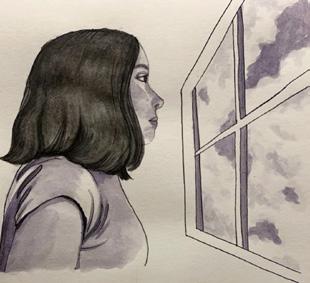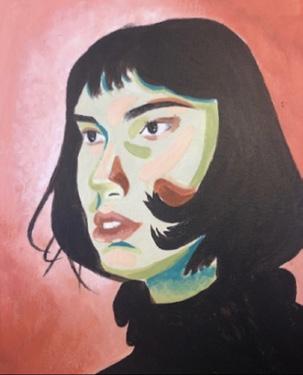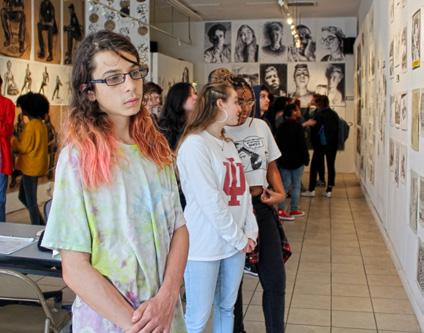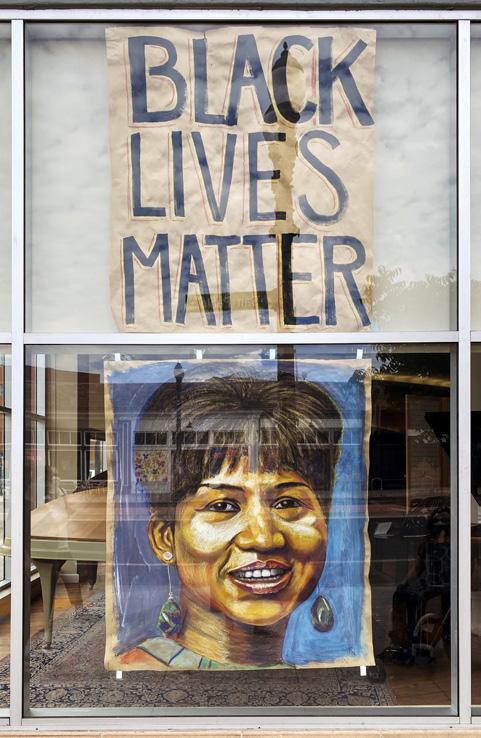
1 minute read
Essential Pathways to Learning
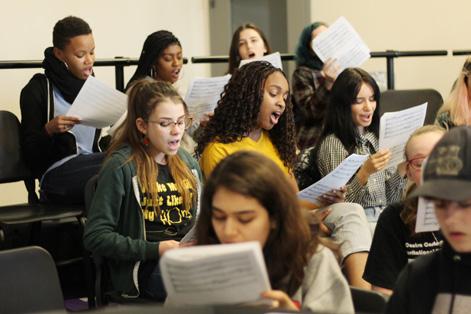

THE PROGRAM
Oakland School for the Arts is a Linked Learning Pathway school that balances an immersive arts program with a comprehensive academic curriculum, providing students unique opportunities for learning, innovation, expression and personal growth. During their years at OSA, students complete a challenging academic curriculum with an emphasis in one of nine artistic fields: Visual Art, Dance, Theatre, Literary Arts, Digital Media, Instrumental Music, Vocal Music, Production Design and Fashion Design. OSA’s arts and academic programs build discipline and confidence, effectively preparing creative youth to achieve their potential both in and outside of the arts.
As a Linked Learning Pathway school in development, OSA is committed to optimizing the college and career readiness of our graduates. Through small learning communities of career-oriented pathways, OSA offers intensive, individualized support to create the conditions for all students to graduate high school prepared to succeed in college and career. The pathways are composed of four essential elements:
I. Rigorous Academics II. Integrated Student Support III. Work-Based Learning IV. Career Technical Education Sequence
At the core of OSA’s career-readiness focus are the over 50 community partnerships that the school maintains. Examples include: Cal Performances, Oakland Museum of California, Camp Reel Stories, Youth Speaks, SF Ballet and Oaktown Jazz.
Last spring, OSA celebrated a 99% graduation rate. Beyond graduation rates, OSA measures its success on a number of metrics. Academic success is measured through state and internal assessments. Artistic growth and proficiency are measured through portfolios and performances. About 90% of OSA graduates go on to 2/4 year colleges, universities and conservatories, and admissions include: San Francisco Conservatory, Columbia, UC Berkeley, NYU, University of the Arts London, Stanford, Oberlin Conservatory, Berklee College of Music, Central Saint Martins, UCLA and Cornell.

